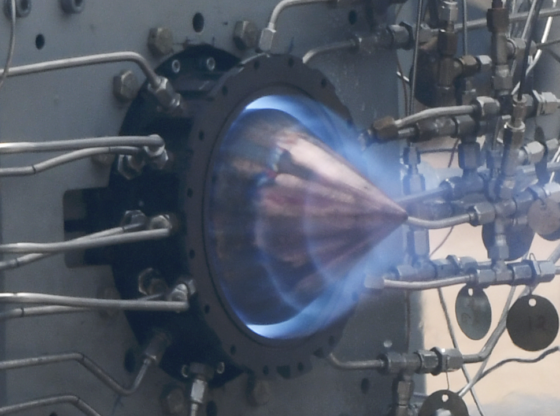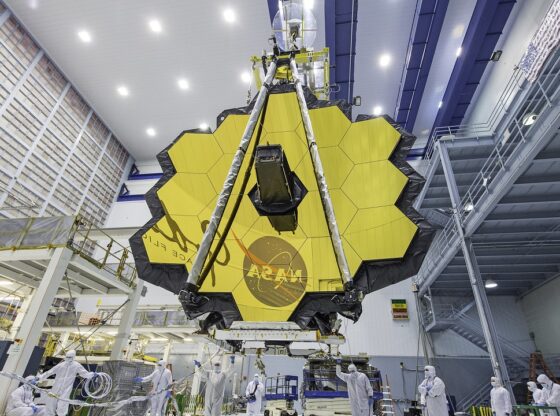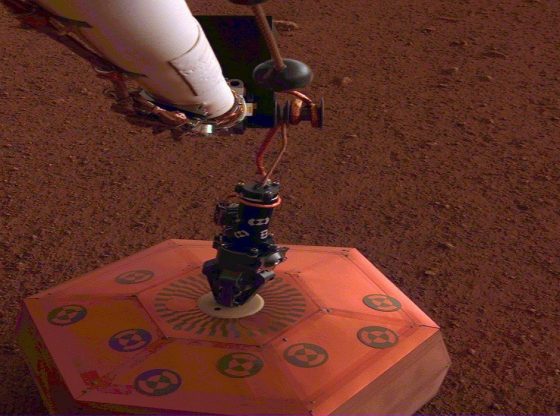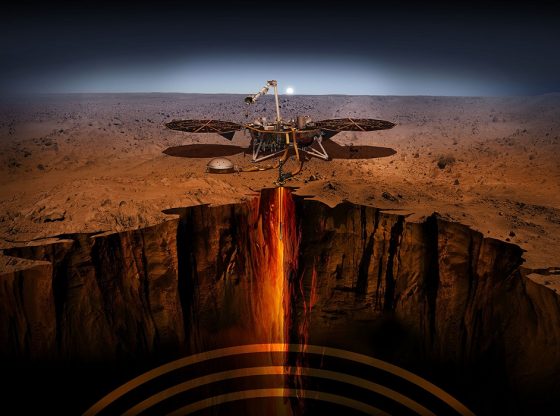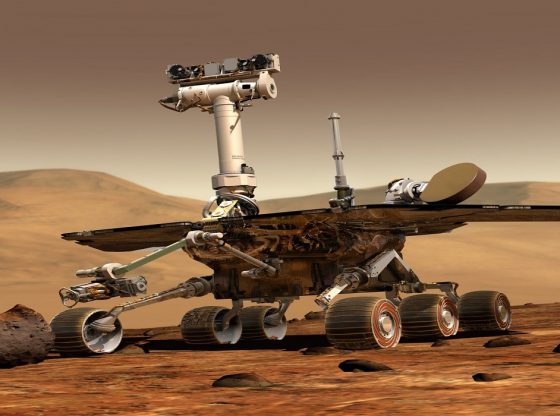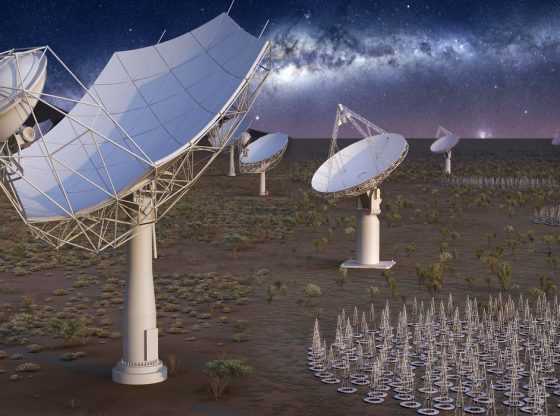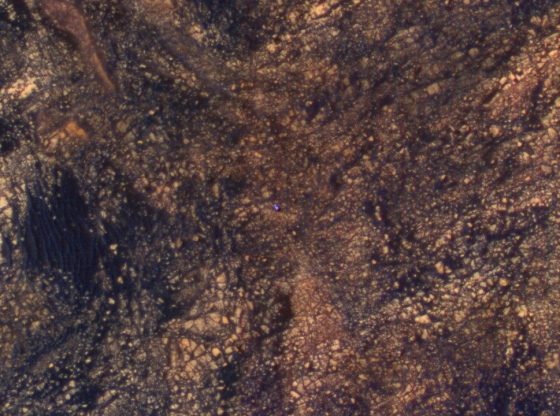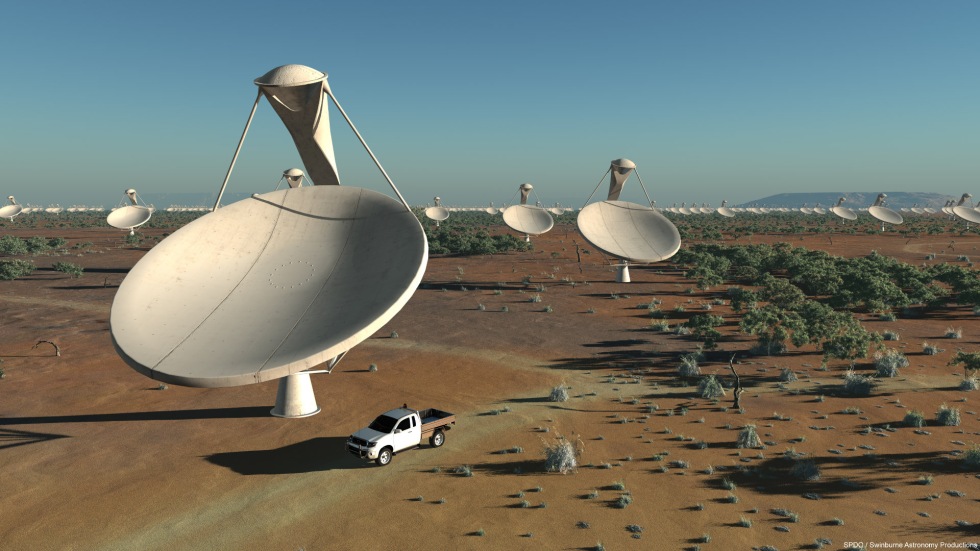
This Friday a very competent array of telescopes will begin to view the sky. The Australia Square Kilometre Array Pathfinder, ASKAP for short, is an array of 36 antennas each 12 meters (40 feet) across.
SKA: Larger, Faster, and More Accurate
The ASKAP is part of The Square Kilometer Array (SKA) project, which is an immense radio telescope project now in development. To be built in both Australia and South Africa. Ska will have a total collecting area of approximately one square kilometer making it very powerful indeed.
SKA is now being built and will be running at full capacity in 2024. The SKA will scan the sky 10,000 times faster than what is possible today. It will also be about 50 times more accurate than the equipment available today.
Brian Boyle is the director of the project at Australia’s national scientific research organization, he told reporters, “Radio waves tell us unique things about the cosmos, about the gas from which stars were formed, and about exotic objects, pulsars, and quasars, that really push the boundaries of our knowledge of the physical laws of the universe”.
An International Corporation
The ability of ASKAP and SKA naturally makes it generate immense amounts of data. And to offer some perspective, on its first day in full operation, ASKAP alone will collect more data than is currently contained in all current radio astronomy archives or the U.S. Library of Congress.

The SKA project has been in development since 1991 and is now a collaboration of 20 nations. The SKA telescope parks will be built in South Africa, Australia and in New Zealand, all of which are considered suitable sites and least affected by radio interference.
_______________
http://www.skatelescope.org/
______________________________

